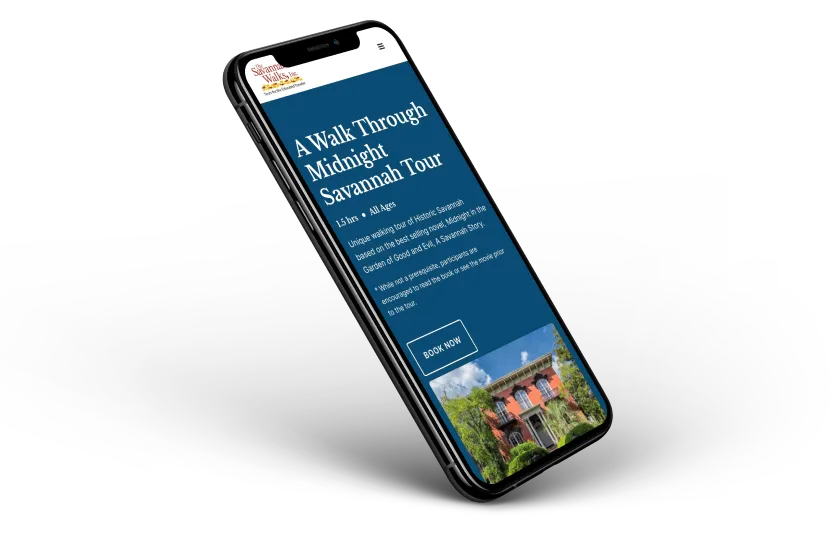Webflow Tutorial
Using Classes in Webflow for Streamlined Web Design
.avif)
Let's delve deep into the world of classes, a cornerstone concept in web development, and specifically, in using Webflow. Classes are instrumental in shaping our HTML elements and ensuring uniformity across web designs.
We'll explore:
- What classes really are
- The reasons behind their crucial role in web design
- The most effective ways to use them.
- We'll also address how the automatic naming of elements by Webflow could create complications in our design process, and share strategies to avoid these obstacles.
If you want to boost your efficiency in web development, maintain consistency across your projects, and understand how to better organize your work, keep reading.
Alright, let's dive in and uncover the power of classes.
What is a Class?
First, let's define what a class is.
A class is simply a name given to an HTML element that allows us to select that HTML element and apply some CSS styles.
In Webflow, the left sidebar contains our Navigator, which shows all our HTML elements and the classes applied to those elements. The right side bar is our CSS panel, and up top is where we apply and select names for the elements.
Using classes allows us to build much faster, save time, and maintain consistency in our builds. For example, if you apply the same class to multiple elements, they will all have the same styles applied. This is useful for maintaining consistent spacing, padding, and other styles across the entire website.
The Power of Classes

I use Finsweet's Client First system, which is reflected in the naming conventions used throughout the website. This system uses descriptive names for classes, such as "section_home_header" and "padding_page_global." By applying these classes consistently throughout the website, we can easily maintain consistency in spacing and padding.
Classes also allow for easy updates. If a client wants more space between sections, for example, we can adjust the padding of a single class and see the changes reflected across all elements using that class.
Organizing and Naming Classes

It's important to name your classes in an organized and descriptive way. This not only helps you understand the structure of the website but also makes it easier for other developers to work on the project.
For example, by naming a class "section_home_header," we know that this is a section on the home page and that it's the header. Similarly, using classes like "text_size_large" and "text_color_white" makes it clear what the class will do when applied to an element.
Beware of Webflow's Automatic Naming
Webflow tries to be helpful by automatically naming elements when you apply styles to them. However, this can result in names like "div block 1000" and "image 2000," which are not helpful for understanding the structure and organization of the website.
To avoid this, always name elements before applying styles to them. Don't let Webflow name your classes for you; instead, take the time to create descriptive and organized names for each class.
Conclusion
Understanding and using classes effectively is crucial for becoming a better developer. By leveraging the power of classes, you can speed up your development process, maintain consistency, and improve the overall organization of your projects.
If you want to learn more, you can watch an extended video on this topic.
End to End Webflow Design and Development Services
From Web Design and SEO Optimization to Photography and Brand Strategy, we offer a range of services to cover all your digital marketing needs.

Webflow Web Design
We design custom Webflow websites that are unique, SEO optimized, and designed to convert.
Webflow Maintenance
Gain peace of mind knowing that a Webflow Professional Partner is maintaining your website.

Claim Your Design Spot Today
We dedicate our full attention and expertise to a select few projects each month, ensuring personalized service and results.






